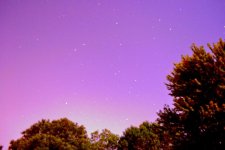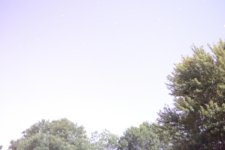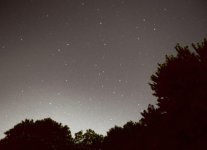patrick in memphis
Senior Member
hi everyone per my reading of astrophotography web sites i came across a method called ettr(expose to the right)which refers to exposing on the right side of the histogram. by doing this you essentially raise the iso,open up the aperture and slow down the shutter speed to allow maximum light collection.the pictures will appear over exposed until processing is done attached are some before and after pics.on my d3100 i use manual mode,raw file, hi 1-f/3.5-30 sec ss and a +3ev.these were my first attempts.i used nikon view nx2 to process and obviously you can adjust to your own taste.photoshop and lightroom can do much more but i don't have either to play around with.




Last edited:

